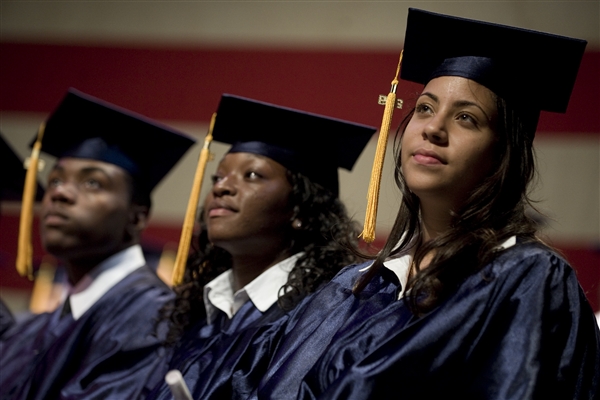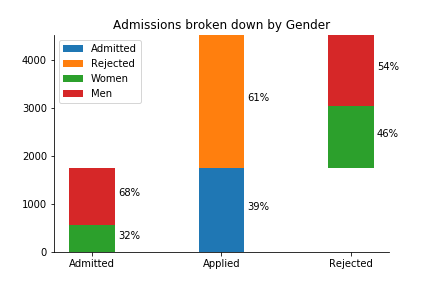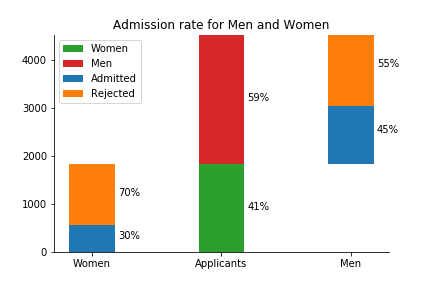
From legacy preference to affirmative action, college admissions has always been a hotly debated topic in higher education. And rightly so, because the admissions offices are the gatekeepers who grant students access to the education, and sometimes careers, of their choice. If there was ever a promise for greater opportunity and a level playing field for all, it would be from education. Whether all our educational institutions live up to that promise is another story, but certainly many universities provide students with the skills, experience, and network to succeed. So it’s no wonder why a college admissions officer has a very important job that should be taken seriously.

But what challenges do admissions officers face today? One thing is record numbers of student applicants. Last year, UC applications rose 25% since 2010 from 134,000 to 171,000 applicants, and UT Austin applications rose over 50% since 2010 from 30,000 to almost 50,000 applicants, even though college enrollment across all universities in the US dropped 5% since 2010 from 18 million to 17 million. These conflicting stats might mean students are sending out more applications than before, or students choose to apply to the same top colleges. Either way, admissions offices are feeling the pressure from increasing inflow of applications.

Another challenge is the ongoing push to diversify the demographics and lived experiences of their student body. But how do they go about measuring this? As one example, top universities like UT Austin consider a student’s race in addition to “leadership, curiosity, [and] grit.” But how do they go about quantifying something that seems vague? All of these important details arose during the supreme court case Fisher v. University of Texas (2013), where a white student challenged the fairness and equity of UT Austin’s diversity admissions practices. The Justices voiced their opinion about race-based quotas and “critical mass,” and they eventually reaffirmed the university’s right to dictate its own race-conscious admissions practices, so long as they were “narrowly tailored.”

In summary, college admissions is an important topic, and universities face both logistical and ethical challenges. But the backdrop is about to get more complicated as tech promises to disrupt and automate everything from job applications, loan applications, and now college applications. Coincidentally, one of the first universities to trial this technology is UT Austin. What started as a research thesis became a bona fide part of the admissions process for the graduate admissions committee at the UT Austin Department of Computer Science. They use a machine learning algorithm that learns from “historical admissions data to predict how likely the committee is to admit each new applicant.” The driving criteria for success is time savings, as it claims to reduce the “total time spent on reviews by at least 74%.”
What are the advantages of using machine learning to process college applications, how is it being developed, and what are the ethical consequences? And more importantly, how can we make sure it respects our new ethical criteria without introducing unintended implicit bias? Machine learning and automation can help quickly sift through record numbers of college applications, but the last thing admissions officers want is to find out their algorithms are misjudging their applicants through some overlooked detail of the code.


In the next blog post, I take a dive into the UT Austin paper and try my best to answer these questions while explaining their algorithm in a way that we can all understand. It’s important that we stay informed and make sure that technology works for all of us, not against us.


